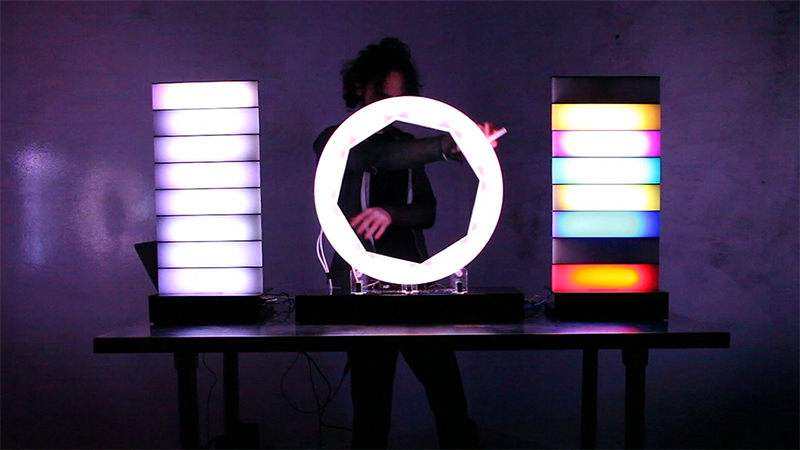
Learning a musical instrument isn’t an easy task. Journalist and author Malcolm Gladwell helped confirm this in his book Outliers, which put achieving virtuoso levels of musical skill at around 10,000 hours of practice. This difficulty of learning an instrument may well be what puts most people off trying, with only 8% of people in the US having the patience to truly master an instrument.
Fortunately a new wave of intuitive digital instruments, which utilise everything from touch sensors to light displays, are changing the way we create music and, in the process, is attracting people who might otherwise have found it difficult to navigate traditional acoustic interfaces or more complex music software.
It’s a development that’s set to further democratise the music industry from the bottom up, in tandem with streaming sites like Soundcloud, which now has 175m active users sharing home-made content with a wider community each month, or Arduino, an open-source piece of hardware and software, popular with technology tinkerers and coders, that allows enthusiasts to experiment with new ways of making music.
“Working in a digital environment lowers the bar to entry,” says Jonathan Sparks, creator of Nomis. “It can be intimidating for a lot of people who are new to music to first pick what instrument they want to play, invest a significant amount of money to buy it and then commit a great deal of time and frustration into making it not sound terrible.” With technology-assisted instruments, however, learning how to play an instrument is not only easier for beginners but is also a more intuitive experience, which allows them to experiment much more.
Musicians today face a tough choice.
These new digital innovations offer a third choice. These instruments also provide a stepping stone towards more conventional, harder-to-master acoustic instruments, and offer a way for people to engage in music who otherwise would not have been able to. British musician Stephanie Forrest, for instance, who has cerebral palsy, had never so much as dabbled in music until she picked up a Skoog, an instrument designed for disabled users.
A year later she made her first public appearances as part of the Technophonia ensemble in the 2012 Cultural Olympiad and has since performed around the UK playing a variety of electronic instruments. Digital instruments aren’t just gateway tools for non-musicians. Roger Linn, who created the first drum machine before devoting his life to the invention of popular digital instruments, such as the MPC, recently developed LinnStrument, a keyboard that straddles the capabilities of both digital and acoustic.
“Musicians today face a tough choice,” explains Linn. “They either have to embrace the technical advantages but poor expression of the electronic piano keyboard, or choose the excellent expression of an acoustic instrument, but with poor connectivity to the computer. These new digital innovations offer a third choice.”
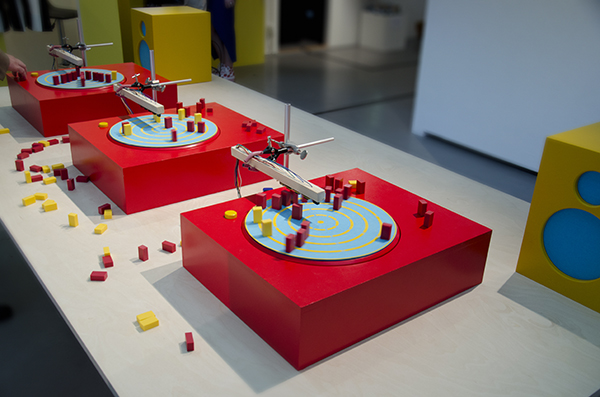
BEAT BLOX
Per Holmquist, a Swedish designer who has never learnt how to play an instrument, is the creator of Beat Blox. The system consists of three rudimentary turntables, each with a programmed Arduino circuit-board hidden underneath that mimics a different instrument. One turntable plays the drums, another plays the bass and the third plays the keyboard. As players add blocks to the spinning disks, sensors read the varying distances between the blocks causing the Arduinos to emit different loops of sound.
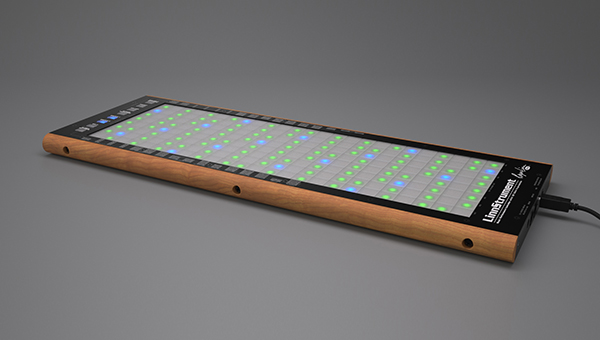
LINNSTRUMENT
Unlike an electronic piano keyboard, LinnStrument’s playing surface captures a performer's finger movements in three dimensions. The device has a soft playing surface consisting of 200 rubber notepads – similar in concept to how the notes are arranged on the strings of a violin or cello. Finger pressure controls note volume, while left-right movement controls the pitch, and moving a finger forward or backwards alters the tone. With this expressive touch-sensing, a musician can develop subtle performance gestures and a unique personal playing style that even the finest acoustic instruments can’t replicate.
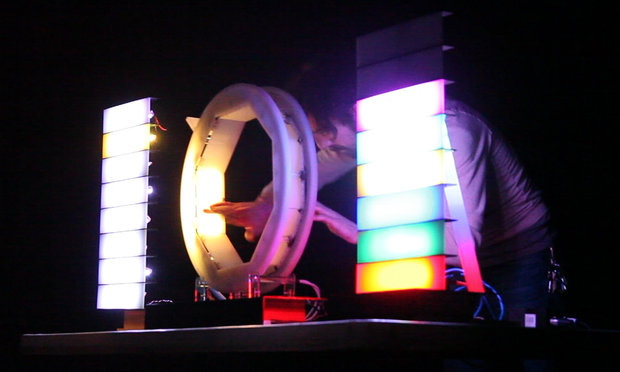
NOMIS
Jonathan Sparks, an artist and musician from Brooklyn, has created Nomis, a musical instrument that aims to make loop-based music more expressive and transparent through gesture and light. Sounds are selected, played and looped across a light tower that symbolises the different samples. Each sound is also individually coloured for visual engagement, allowing an audience to engage with the producer’s movements during a live performance.
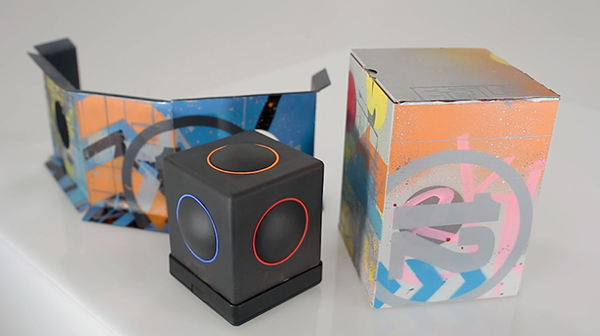
SKOOG
Developed by David Skulina and Ben Schogler, researchers at the University of Edinburgh, Skoog is a cube-shaped device designed to help children with learning difficulties or those who are visually-impaired to create musical compositions with a simple touch. Pressure sensors in the instrument detect not only where the Skoog is being touched, but also how it's being touched, to create a variety of sound combinations. The device connects to two smartphone apps that enable users to choose instruments, edit, customise and play back the sounds they have created.
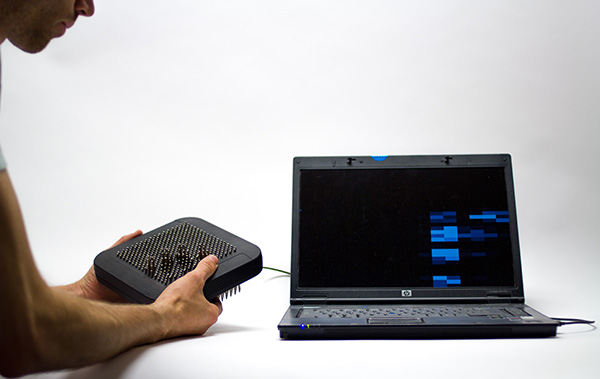
TINGLE
Tingle is a new take on musical instruments developed by Dutch designer Nupky. The instrument is modelled after traditional pinboard toys but has been given a different, interactive twist to allow children to mould a musical landscape with their hands. Each pin has its own sound, allowing the visual transformations that are created on the pinboard’s surface to be directly translated into music.


